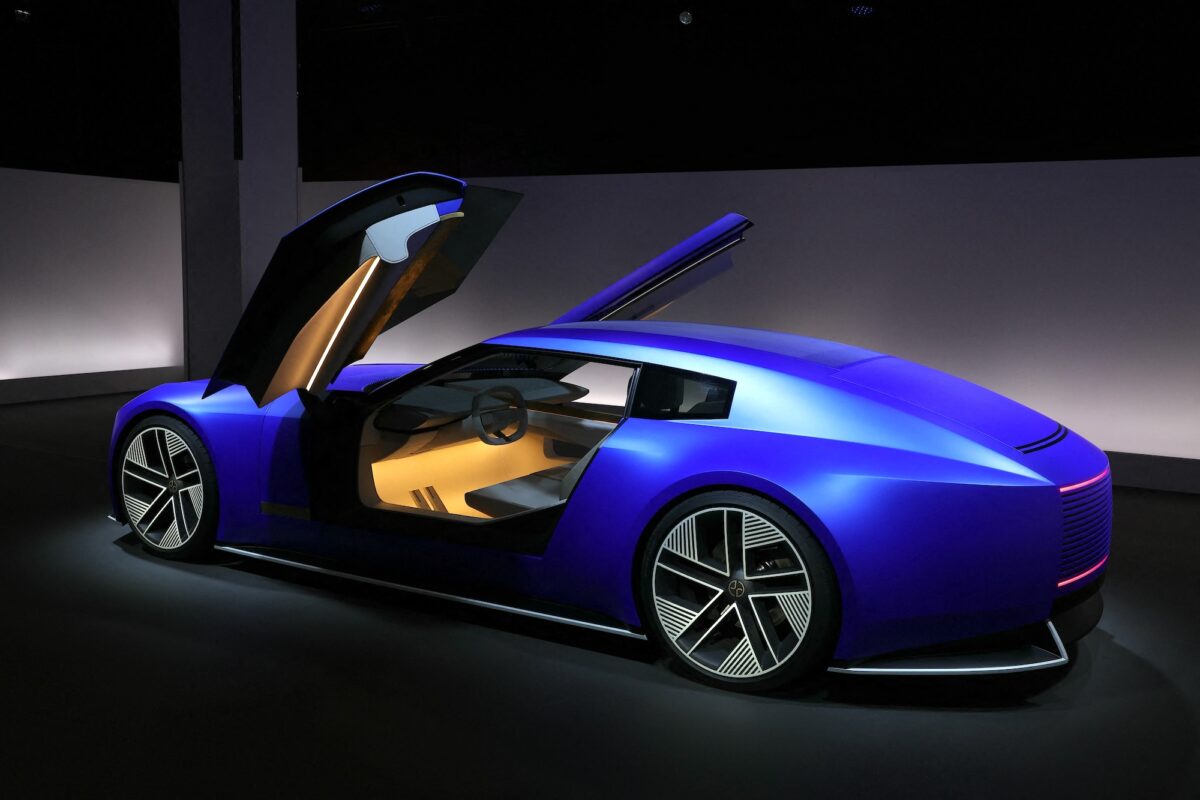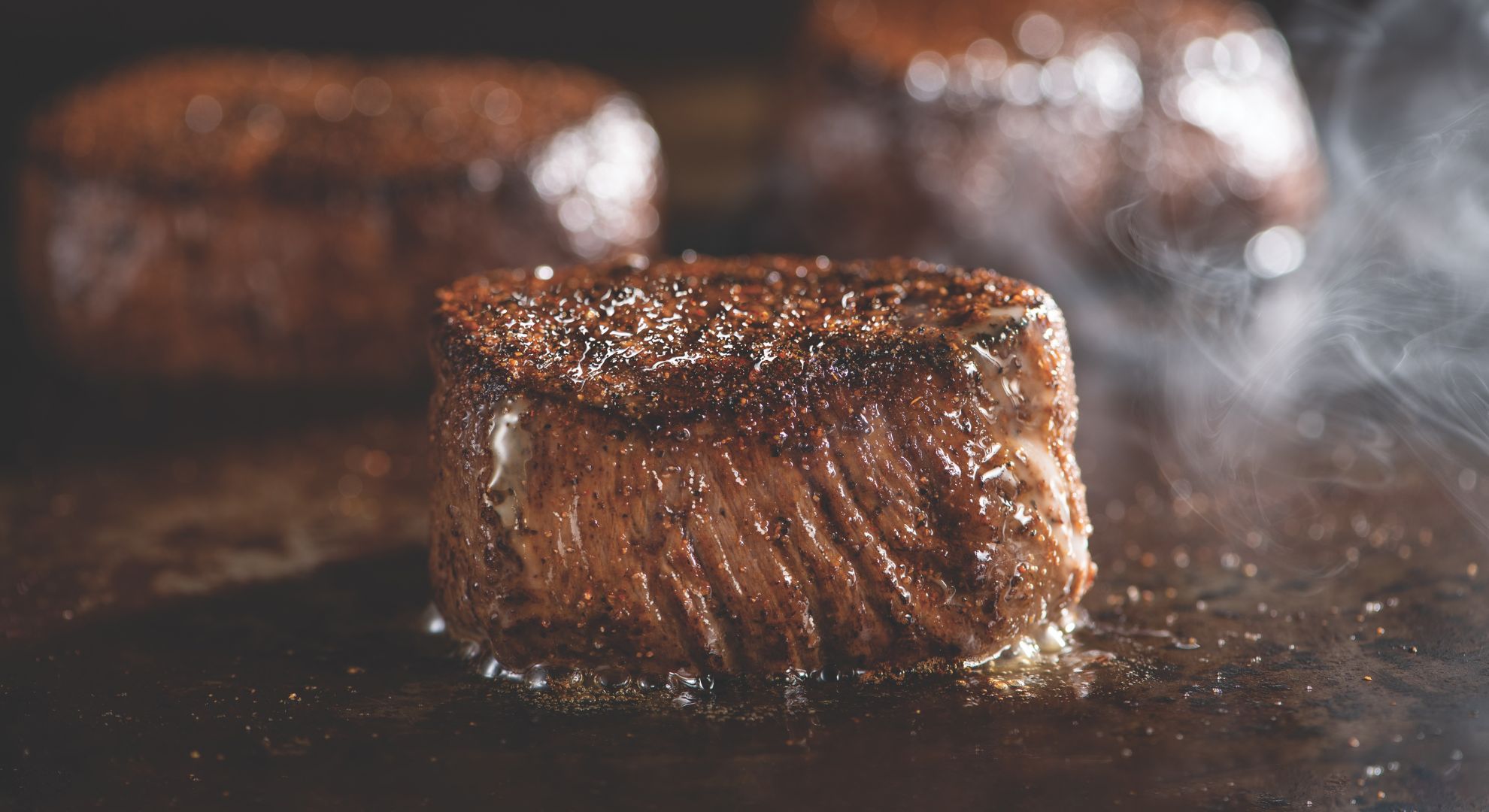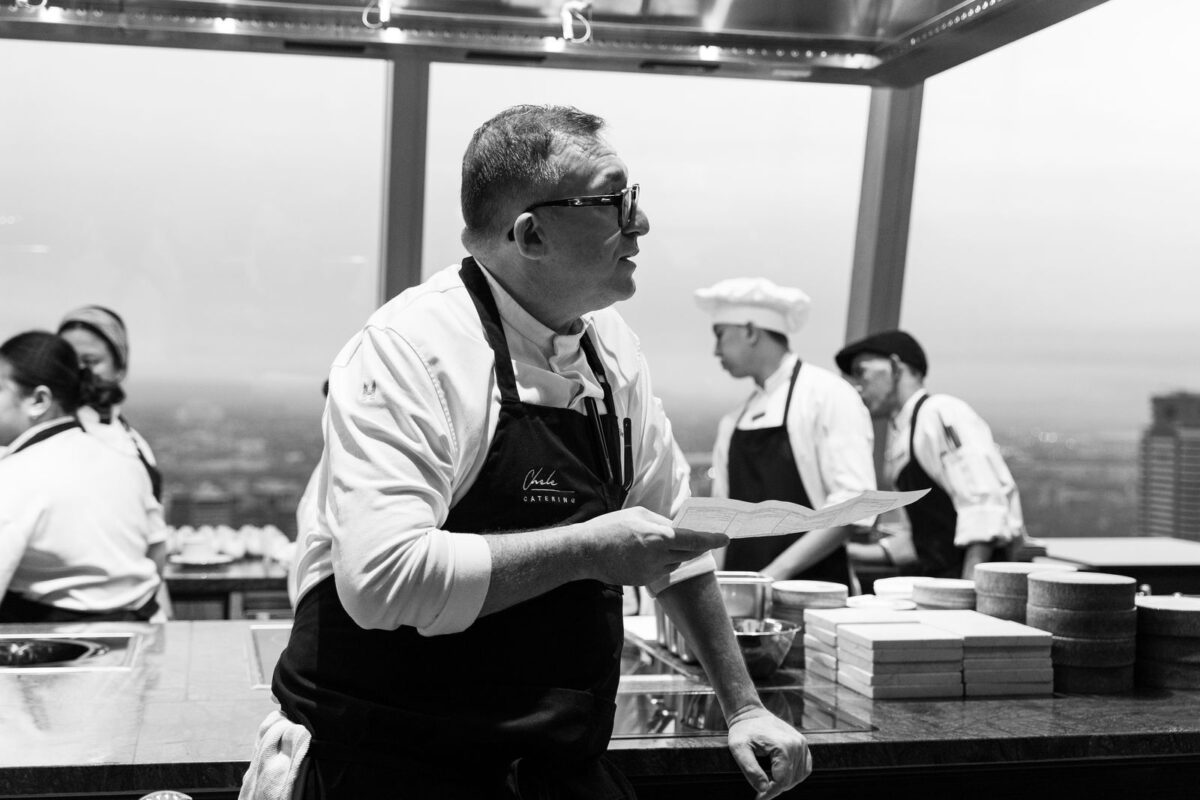In the best tradition of writers nursing a holiday hangover from lechon dinners and leftover fruitcake, we look back on the food scene of the year just past and peer at our crystal balls to make fearless forecasts.
Other writers are already branding 2018 as the year of unlimited samgyupsal and milk tea. I must admit, as the holidays were wrapping up, it was hard to avoid either.
After the wallet-emptying excesses of the festive season, there seemed to be no better way to spend P500 than book a seat in the ever-burgeoning scene of eat-all-you-can Korean barbecued meats.
There’s great drama behind the scenes, as well.
Samgyupsalamat’s main competitor, Romantic Baboy, is said to be a splinter group from the original franchise. Then it added cheese.
Samgyupsalamat rallied to the defense, so some branches (those near a Romantic Baboy outpost) have also added cheese.
It’s not really clear whether you dip the meat in the cheese before putting it on the grill, or dip it in cheese (like fondue) after it comes off the grill.
Or perhaps the cheese is incidental—you eat it by itself.
It seemed the grill is shaped so that meat juices—and the fat—roll downward into the cheese, making it a cheesy, greasy affair.
Not all Samgyupsalamat and Romantic Baboy branches are created equal. Some franchise holders follow more carefully the quality-control standards. A polling system has emerged on which branches to avoid and which are worth the detour (and the line).
Perfect drink
I’m actually more puzzled why, in 2018, milk tea exploded, so to speak. Not that it suddenly became a thing, but that it took so long to become one. It’s the perfect drink for our weather. No one wants to sip hot coffee in sweltering heat, but that’s what people have been doing for years.
The practice has been mitigated a bit by the espresso revolution, also known as second-wave coffee, when brewed coffee gave way to espresso and espresso-based drinks. This allowed people to get their jolt of energy from blended drinks like frappuccino, which is espresso-based but get most of its jolt from the sugar in the blended ice.
Third-wave coffee is popular among so-called hipsters and connoisseurs, but it’s really still Starbucks and the rest of the pack that provide the motive beverages for a caffeinated urban workforce.
Because the Philippines is a coffee-drinking country—despite various efforts over the years to set up tea shops that follow the format of Seattle-style coffee shops—it would have been logical for us to develop a coffee culture that suits the climate. But even at the height of summer, we still sip piping-hot flat whites in air-conditioned malls, and drape pashmina around our shoulders to ward off the drafts.
The Vietnamese had the right idea many years ago. One of my favorite caffeine fixes is a good cup of Vietnamese iced coffee with condensed milk—again, the stimulant of coffee crossed with a generous dollop of quick-acting calories from sugar goes a long way.
I’m particularly fond of the iced coffee at Propaganda Bistro at Greenbelt 5, which also serves some of the best noodle salads in town.
‘Pantyhose tea’
Milk tea traditionally comes in two varieties: one based on evaporated milk, which comes out of Hong Kong and is known colloquially as “pantyhose tea,” so-called because of the long cloths used to strain the tea—
I have no idea whether or not a pantyhose is actually used.
This tea is boiled rather than steeped, and is very, very strong and creamy. Because it’s made with evaporated milk, you must put your own sugar if you get it hot. Hong Kong does get cold sometimes. The cold variety is sometimes already sweetened, or they give you syrup on the side so that you can add to taste.
The second version comes out of Malaysia and Singapore, where it is known as teh tarik. The tea is steeped rather than boiled, but it’s made from highly fermented, extremely pulverized tea leaves, so the flavor and caffeine are immediately infused in the water, which gets very dark.
Part of the teh tarik ritual is “pulling the tea,” a dangerous maneuver in which the tea is poured rapidly from one container to the other. In fact, this is not decorative; it actually serves to aerate the tea.
In the same vein, you slurp Japanese ramen to get the bubbles that heighten the flavor.
To this we must add the mysterious drink that is being peddled in Manila as milk tea. I have no idea where it comes from, or whether or not it has tea in it at all.
Sometimes I see people making it with some powder. Others seem to be made with bona-fide tea, but very little of it, almost like an afterthought. The rest is thin, milky, sugary liquid that may or may not taste a little of tea.
Then they ruin the whole thing by putting black globules into the drink—unlike real sago, which loses its Q factor (the sticky, rubbery texture that is so prized by the Taiwanese) after a few hours. Ideally, these are engineered in a factory to remain Q forever. (I would not be surprised if bubble tea balls, embalmed by then, would remain in the same state if the tomb were to be opened 2,000 years from now.)
Despite the ever-growing popularity of milk tea—or shall we say “milk tea” because it really misses the mark by a long shot—people aren’t drinking enough of the real stuff. (There’s a new franchise called Tiger Sugar that has opened in BGC, but I haven’t tried it.)
What people have are mostly sugary, watery drinks with more sugar and less caffeine than, say, a can of Coke—though the sugar in that has disappeared as well, according to the cognoscenti.
In theory, I can make milk tea at home using cheap fanning poweder and evaporated or condensed milk. I can even do a fairly decent job of “pulling” it. But the whole point of milk tea is that it’s a quick jolt of energy you can have on the run.
Like a hotpot, or roti, it’s food meant to be eaten in a restaurant. Much like samgyupsal, come to think of it.—CONTRIBUTED












































